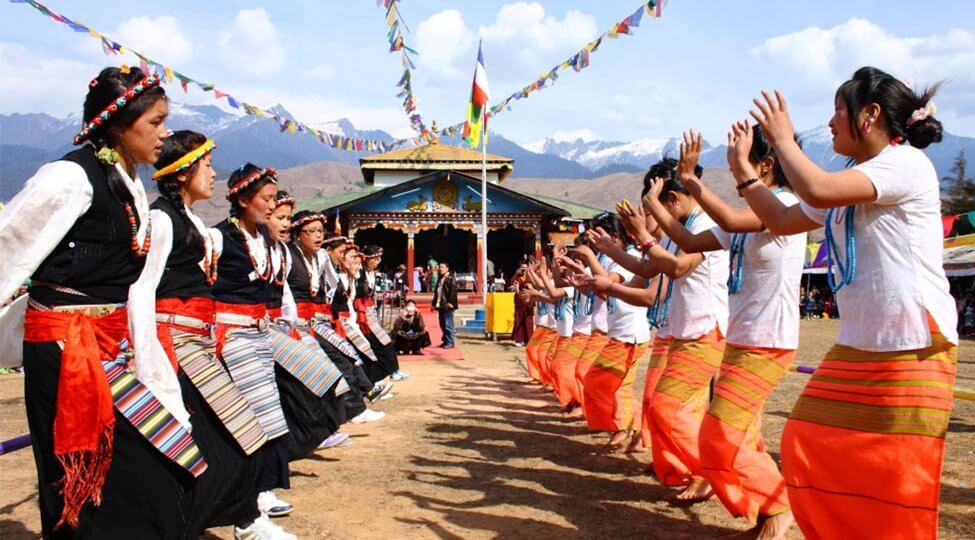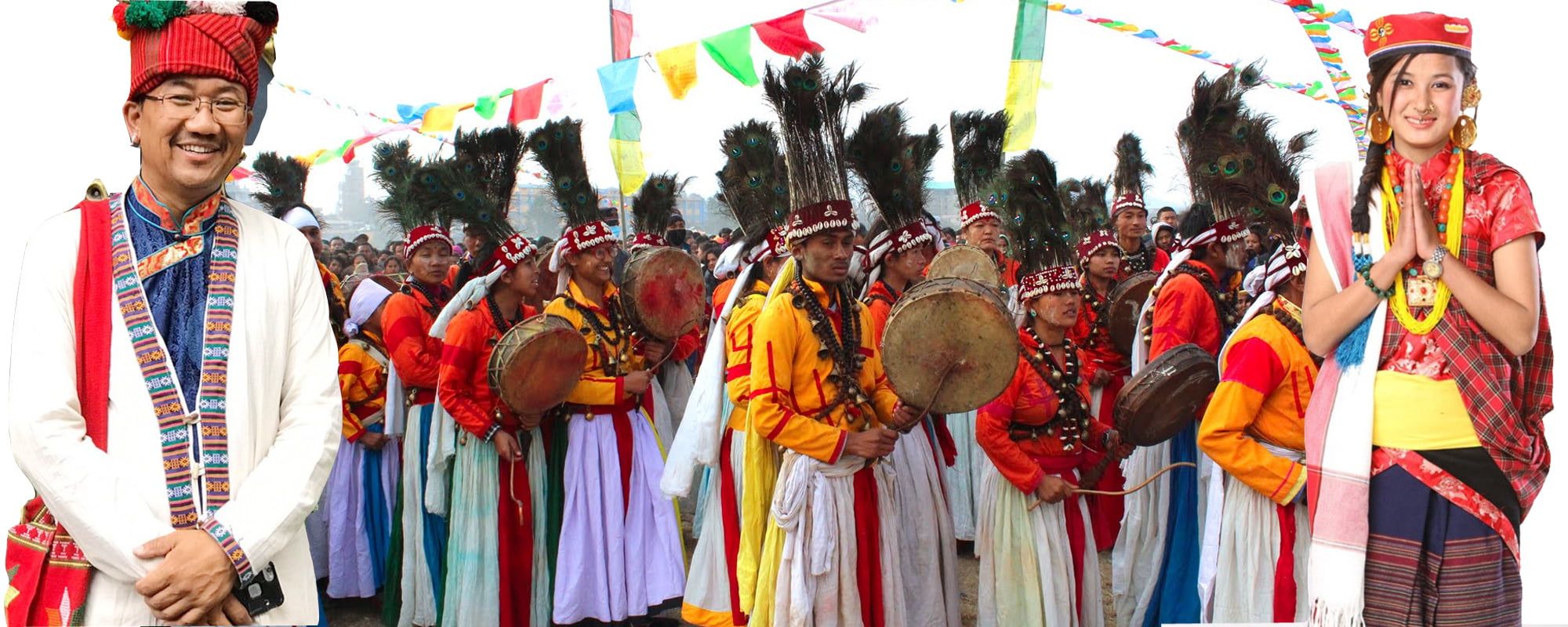Although Nepal is represented as having weak physical infrastructure, it is rich in natural resources and beauty. All of this richness has an aesthetic value that is unmatched. Furthermore, as part of cultural tourism, Nepal’s multi-ethnic cultures, customs, and festivals continue to draw visitors. So, let me to expose you to one of Nepal’s cultural group, Tamang Community’s traditional ethnic cultures.Tamangs are the most numerous indigenous peoples among the 59 recognized by the Nepalese government. Tamang is a combination of two words: Ta, which means horse, and Mang, which means rider or dealer. It’s thought that they were involved in the horse-trading or riding industry.Their religion, language, culture, customs, rituals, and way of life are all unique. They claim to be the original inhabitants of Yambu, in the Kathmandu valley, and Tamang villages may still be seen in the area.However, a considerable number of Tamang people reside in Kathmandu valley’s neighboring districts, such as Rasuwa, Makawanpur, Nuwakot, Dhading, Kavrepalanchowk, Sindhupalchowk, Dolakha, and Sindhuli, in Nepal’s central hilly area, including Kathmandu valley.However, they have now expanded throughout the nation, with substantial populations in India’s Darjeeling, Sikkim, Assam, and Nagaland, as well as Burma and Bhutan. According to the most recent national census, their population is estimated to be approximately 1,539,830 people, or roughly 6% of the country’s total population.Aside from Nepal, it is estimated that around 2 million Tamang people dwell in India, Bhutan, and Burma.
Tamang culture and tradition are quite rich. They speak their own language, have their own culture, clothing, and social structure. They are divided into about 100 sub-clans. Tamang people believe in Buddhism, and it is believed that 90 percent of Tamang people are Buddhists. Their language belongs to the Tibeto-Burman family.They follow the Tibetan 12-year cycle, and their traditional song-dance Bhote-selo, which literally means “Tibetan melody,” is commonly known as Tamangselo, and includes songs of wit, satire, joy, and sadness. Tamangs have their own distinct musical style. Damphu is the name of their musical instrument (a small round drum covered with goat skin). Their biggest festival is Loshar.
TamangLanguage: Tamangs have their own language, called Tamang, which is related to Tibeto-Burman languages. According to the most recent national census, out of a total population of 1,539,830, 1,353,311 Tamang speak their mother tongue, accounting for almost 90% of the entire Tamang population.Their original script is called Sambhota, although certain groups, such as Nepal TamangGhedung, use Tamyig, a modified form of Sambhota.
Tamang Marriage Rituals: Their traditional procedures are followed throughout the wedding ceremony. A Tamang man can marry a female from any clan, but not a girl from another caste. Cross-cousin marriages, such as to one’s mother’s brother’s daughter or one’s father’s sister’s daughter, are preferred. A man’s marriage to his father’s brother’s daughter or his mother’s sister’s daughter is severely forbidden.In the Tamang community, before marriage, the Solta and Soltini should offer the Karshyol pong (Sagun), which also signifies good luck, as well as some money to the Soltini’s house. The wooden hollow cylinder used to transport the alcohol during the celebration is known as the Karshyol pond.
Tamang Music: The Damphu is Tamang’s favorite musical instrument, which is formed of a wooden circle with dried skin on one side secured with bamboo sticks and produces a beautiful sound when played with palms and fingers. Damphu is an important component of Tamang culture and lifestyle, and it is utilized in every Tamang event such as weddings, funerals, special occasions, rituals, and festivals.They also have a song called Tamang Selo, which is one of Nepal’s most well-known traditional songs.

Festivals of Tamang: The most important event for Buddhist Tamangs is Buddha Jayanti, which happens on BaisakhPurnima. Lord Buddha was born on this day, enlightened, and gave his first teaching on the four noble truths. On this day, people visit Buddhist temples and monasteries such as Swyambhunath and Bouddhanath, and offer Khatag to Lord Buddha.Tamangs celebrate the same manner all across the world. Another major Tamang celebration is SonamLhosar. Lhosar is a Tamang word that meaning “New Year,” with “Lho” referring to the year and “Chhar” referring to anything new. They also go to holy sites on this day. They also celebrate other festivals like as Dashain, Tihar, Janaipurima, and others.
Food and Occupation of Tamang:Tamangs are skilled in a variety of crafts and activities and work with a variety of professions. Some work as weavers of sheep wool coats and bamboo baskets, others as carpenters, builders, masons, and wooden plow makers, some as Thanka painters and carvers of wood carving patterns, and still others as mountaineers, athletes, farmers, and coolies.
They eat primarily what they cultivate, such as potatoes, maize, rice, wheat, millet, and other grains. They also consume buffalo, goat, sheep, and other types of meat. However, they are not permitted to keep pig meat or garlic in their homes, however they may eat it if prepared outside the house or at someone else’s.
Tamang Dresses:Tamang people wear traditional clothing. Tamang attire refers to the lungi, jewelry, patuka, cholo, Tamang mala, and Tamangghalek that they wear. They wear this outfit on significant occasions in the community, such as “SonamLhocchar” celebrations.
-Article written by: Saru Niraula for Land Nepal

